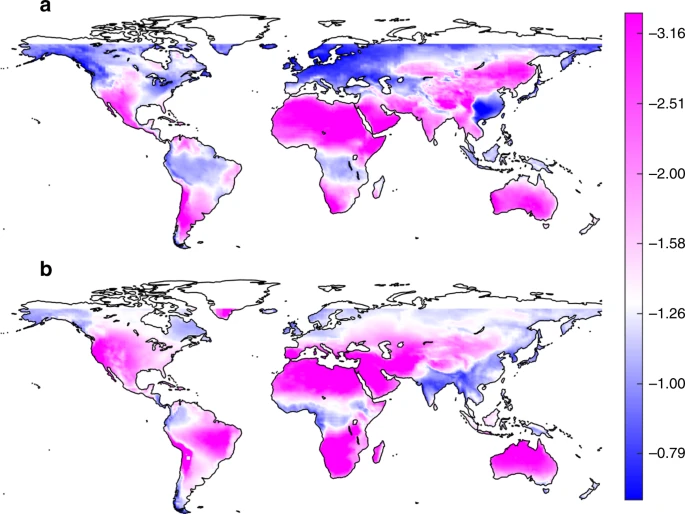The race to a renewable energy future relies heavily on solar power, with the International Energy Agency calling it “the new king of electricity” in last month’s World Energy Outlook 2020 report. The IEA says that’s because solar is driving growth in renewables, but there may be a few clouds in that sunny sky.
Real clouds, according to a team of researchers from China, the United States and the United Arab Emirates.
Their work, published in Nature Communications, warns that some of the most significant climate impacts from dust and other aerosols that block the sun are likely to occur in the world’s most arid regions – in the same places, ironically, that are best suited to harness the sun.
“To use an academic metaphor, in terms of solar power, semiarid places are now like students who get an A nearly every day,” says Dr. Amilcare Porporato of Princeton University. “Now, climate change is disturbing the usual dynamics of the atmosphere and the regularity of the solar radiation reaching the planet’s surface. We tried to quantify how much more often those A’s could become B’s, or even C’s, as a result.”
The scientists did so by using satellite data and climate models to better understand how solar intermittency – and the battery storage and other solutions developed to address solar’s uneven performance problems – would affect places as diverse as Romania, the Pacific Ocean islands of Hawaii, the Middle East or sub-Saharan Africa.
Their answers are not one size fits all because even small changes in more arid regions have consequences that aren’t spread evenly across the globe. Much of the African continent, for example, is headed for temperatures that rise more than elsewhere; the Middle East is looking similarly at disproportionate water resource constraints.
In dry and desert-like lands of the future, the higher temperatures and lack of moisture combine with an evolving soil degradation to create more dust. That dust then adds to the atmospheric load and blocks out more sun which, when combined with broad changes in global weather patterns, will mean more overcast days.
And more overcast days make solar power generation more complicated.
“These trends are already detectable in data from climate-observational networks,” says study co-author Dr. Annalisa Molini of Khalifa University in Abu Dhabi. Colleague Jun Yin in Nanjing, along with Porporato, already have made a case for the fact that climate models have underestimated the effects of cloud behavior, which has remained something of a wild card for climate scientists trying to gauge what earth’s atmosphere will do.
A more precise understanding of both solar’s potential and its pitfalls, especially in parts of China, the UAE or the American Southwest where solar is expected to deliver, can help smooth the transition from fossil fuels.
“Intermittency is one of the biggest concerns for the large-scale penetration of solar power,” Molini adds. “A variety of technology (e.g. power storage) and operational power policy (e.g. load shaping) already constitute promising solutions to this problem. However, they need to be designed in an ‘informed’ way. To understand future solar intermittency is a powerful tool to act in advance and support the growth of solar power worldwide.”

Did you like it? 4.5/5 (23)








